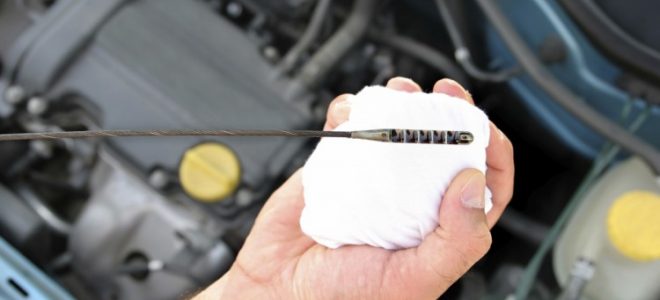
The single most important maintenance step you can take for your car is to change the engine oil regularly. The oil keeps everything lubricated and working correctly, and when the oil is not sufficient, you can experience various wide-ranging problems with the car. In this post, Show Plates Direct looks at what oil does for your engine, how to check the level and how you can know if the engine oil is good or bad.
Why You Need to Check the Engine Oil
Your engine oil is the lifeblood of your car or truck’s engine. It is the lubrication necessary to ensure that everything in the engine works as it should. Without the engine oil, the engine would heat up and seize very quickly, causing damage that can be very difficult and expensive to repair.
Lubrication provided by engine oil is meant to combat two problems that the engine would otherwise have to deal with; heat and friction. Friction and heat produce wear and wear will quickly kill the engine. This is the primary reason why it is very important to check your oil often as you don’t want to be low fluid.
Engine oil protects the engine in numerous ways including the following;
- It cleans the engine of dirt and dust that may otherwise cause corrosion
- It reduced friction and thereby minimizes wear and increases the durability of the engine
- It removes heat which can also cause corrosion and damage to certain components of the engine
- It prevents rust which can also be very damaging to certain parts of the engine.
How to Check Your Car’s Engine Oil in 6 Steps
To check the oil level in the engine, you need to read the car’s dipstick. The dipstick is a rod that is used to measure the depth of a liquid and is most commonly found in cars.
Before we begin the process of checking the engine oil, you must ensure that your vehicle is on level ground. This is to make sure that the reading on the dipstick will be accurate. If the car is on an incline, the reading will be a little bit off.
You also want to ensure that the engine is turned off and has been off for a few minutes. In fact, wait a few minutes after turning off the engine to ensure that ant oil near the top of the motor runs down to the bottom.
Once that is done, follow these simple steps to check your oil;
Step 1: Open the engine to find the engine oil dipstick. You should see the handle-end of it which often looks like a plastic right with “engine oil” written on it.
Step 2: Pull it out and then wipe the end clean with a rag
Step 3: Reinsert the dipstick back into the engine until it fully seats in the engine.
Step 4: Now pull out the dipstick again
Step 5: Read the end of the dipstick and get the correct reading of the oil level. The oil level will tell you whether you need to add more oil or not. Your owner’s manual can tell you the specific quantity of oil that you need
Step 6: Reinstall the dipstick back into the engine and then close the hood.
The color and consistency of the oil should tell you if the oil is good. Good oil will look clear, like golden honey. Dark brown oil indicates that you may need to change the oil altogether.



